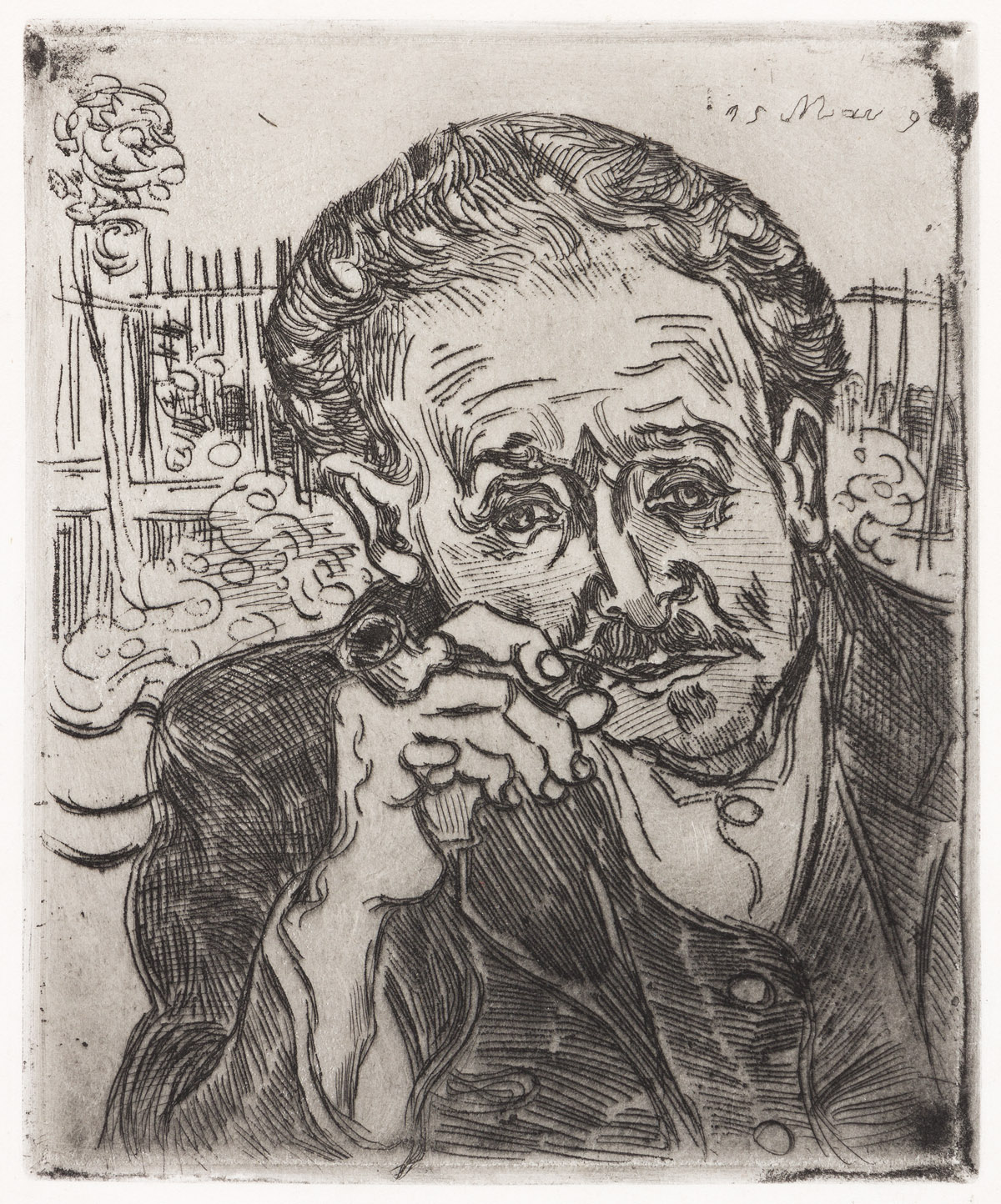Sale 2585 - Lot 218
Price Realized: $ 161,000
?Final Price Realized includes Buyer’s Premium added to Hammer Price
Estimate: $ 80,000 - $ 120,000


Aliquam vulputate ornare congue. Vestibulum maximus, libero in placerat faucibus, risus nisl molestie massa, ut maximus metus lectus vel lorem.